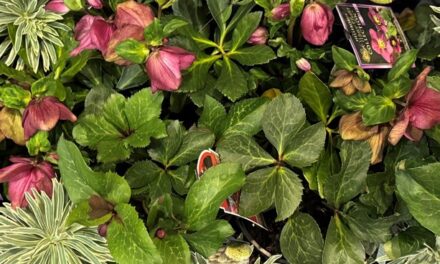Almost all of Australia’s mineral springs occur in the Central Highlands of Victoria, concentrated mainly around Daylesford and Hepburn Springs.
The Dja Dja Wurrung are the Traditional Owners of this area of the Central Highlands. Victoria’s mineral water springs are part of First Nations waterways.
Europeans certainly recognised the springs well before gold was discovered. John Egan had a mineral spring beside his land at Deep Creek, Eganstown. During the gold rush, many natural mineral springs were uncovered or disturbed as creeks and river beds were worked over, mine shafts were sunk and surface areas were sluiced.
As demand for timber grew, timber workers also recognised mineral springs in stream beds. The mineral water would have been a refreshing change from the often-polluted stream water caused by tree felling.
By the end of the 20th century, gold mining started to decline but demand for mineral water increased as the public better appreciated its therapeutic value. This led to an interest in guest houses and boarding houses. Daylesford and Hepburn Springs became very popular as a health and holiday resort, becoming more accessible when the railway was built in 1880.
The source of the springs lies at the top of the Great Dividing Range. Rain percolates deep down through the ancient layers of fractured rocks before gradually flowing away from the top of the range. The groundwater flows through the folds, fissures and cracks of the bedrock as it absorbs the critical minerals and is carbonated causing it to rise to the outlets along streams and creeks.
This ‘liquid gold’ has long been regarded as invaluable for body, mind and soul. In the 1860s local residents, many of whom came from ’spa’ areas in Italy, Germany and England, petitioned the government to protect the springs from mining – the water was seen as being ’more valuable than gold’. This led to the establishment of the famous, frequently-visited Hepburn Mineral Springs Reserve.
A number of guest houses sprang up to provide accommodation for the ever-increasing visitors arriving to ‘try the waters’. These were the forerunners of the today’s hospitality accommodation.
Other recreation areas have since been reserved around the many springs in the region. People from near and far enjoy drinking the mineral waters due to their taste and their purported therapeutic benefits. The relaxation-spa-massage-mindfulness industry which brings so many visitors to the region, provides a diversity of experience for them and opportunities for understanding and appreciating the mineral water resource and their natural and cultural associations.
During the 19th Century gold rush, the physical landscape of the region was damaged and disturbed significantly. Many mineral spring sites, particularly within the Central Highlands area, still reflect the impact of that mining period. Mining caused significant and lasting damage to the bushland environment and adversely impacted quantity and quality and even stopped the flow of some the mineral springs at times.
And now it seems there are new risks to the environment and the springs from potential underground mining. A local group of volunteers has taken up the challenge of protecting the Daylesford/Hepburn communities from a repeat of the damage that could be caused by renewed underground gold mining and exploration. Don’t Undermine Daylesford (DUD) maintains that underground gold mining risks interfering with the region’s iconic natural resource – the mineral spring water that underpins our local economy and well being.
DUD has produced a series of simple videos outlining the creation of mineral water and the risks of ever allowing new underground mining anywhere within the mineral water aquifer. This series of short videos provides and introduction to the geology, history and cultural significance of our mineral water resources and the threat associated with renewed mining exploration.
For more information about Don’t Undermine Daylesford see their website.




Editor’s note: With thanks for generous assistance to Gary Lawrence and the Daylesford and District Historical Society.





